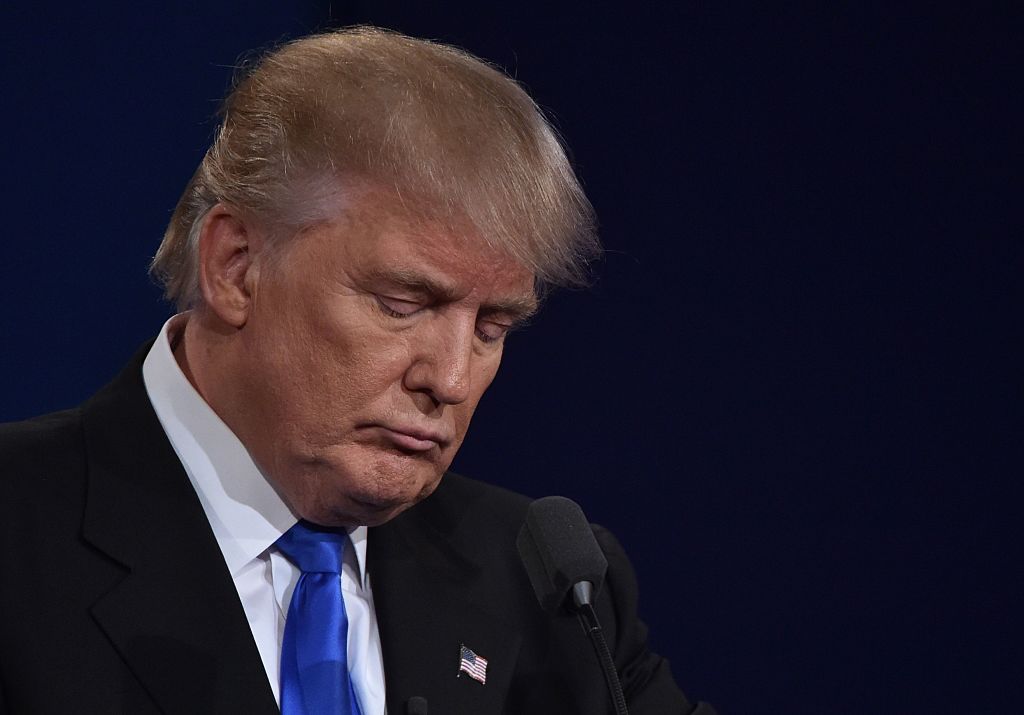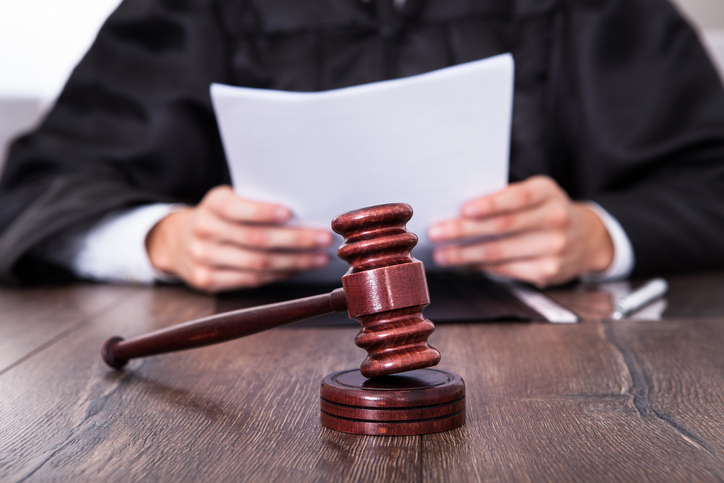To print this article, all you need is to be registered or login on Mondaq.com.
Trademarks are critical, intangible assets in the
business world, intertwined with the selling of goods and services.
They’re not just tools for trade; they’re the essence of a
brand’s identity, setting businesses apart in a competitive
market. To fully harness trademark rights, including transferring,
franchising, or enforcing protection, a company must first traverse
the legal minefield of registration. This process, overseen by
specialized agencies, culminates in the issuance of a Trademark
Registration Certificate. In this article, we will look at
fundamental trademark principles. In addition, we will provide
practical advice for businesses on the path to registering and
protecting their trademarks
1. Exploring the Spectrum of Trademarks
At its core, a trademark is a unique identifier, distinguishing
the products or services of various entities. This broad umbrella
includes several types, such as:
- Trademarks for goods and services: the classic symbols of
trade. - Collective marks: representing a group or association.
- Certification marks: signifying adherence to specific
standards. - Well-known trademarks: those with widespread recognition.
Vietnam’s entry into the Comprehensive and Progressive
Agreement for Trans-Pacific Partnership (CPTPP) and the Vietnam-EU
Free Trade Agreement (EVFTA) prompted a significant overhaul of its
intellectual property laws. This led to the Vietnamese National
Assembly enacting an amended Intellectual Property Law on June 16,
2022. This new legislation not only refines the definitions and
procedures for trademark registration but also introduces sound
marks into the fold. While comprehensive criteria for these sound
marks are yet awaited, their inclusion is a big step forward.
2. Eligibility for Trademark Application Filing
In Vietnam, the right to file a trademark application is
remarkably inclusive. Any individual or legal entity, irrespective
of nationality, can apply, either directly or through a designated
representative. Interestingly, trademark applications can also be
filed in a collaborative effort by two or more applicants. This
method leads to shared ownership of the registered trademark, which
is advantageous for partnerships or joint companies.
3. Key Insights and Legal Nuances in Trademark
Registration
a) The process to exclusive trademark protection
concludes with the Intellectual Property Office of Vietnam issuing
a “green card” or its electronic recording.
It’s a common misconception that
trademark protection begins either at the application submission,
upon notification of a valid application, or after receiving an
intent-to-grant notice. In reality, legal protection and the right
to enforce trademark rights kick in only after the trademark
is officially registered and a Certificate of Trademark
Registration is granted. This certificate serves as a legal
foundation, granting the owner the permission to administer,
transfer, assign, and defend their trademark rights. The move from
applicant to rightful owner is a watershed moment in the trademark
journey. Notably, under Vietnam’s updated intellectual property
laws, the shift towards electronic trademark registration
certificates is evident. Physical copies are now secondary,
provided only upon specific request at the time of application.
b) To qualify for protection, a trademark in Vietnam
must satisfy two key legal criteria.
Firstly, it should be a visible sign
such as letters, words, drawings, images, three-dimensional shapes,
or a combination thereof, presented in color(s) or as a sound mark
that can be graphically represented.
Secondly, the trademark must be
distinctly capable of differentiating the owner’s goods or
services from others. This distinctiveness can stem from unique
elements or a combination that forms a recognizable whole.
Moreover, the trademark must not fall under the scenarios outlined
in Article 73 (ineligible for protection) and Article 74.2 (lack of
distinctiveness) of the Intellectual Property Law.
c) A common misconception is that trademark registration
in Vietnam guarantees global protection.
In reality, trademark rights are
confined to the territory of the issuing Certificate of Trademark
Registration. To secure rights in other markets, entities must file
separate applications in each territory.
On the other hand, Vietnam’s
participation in the Madrid system eases this process. This
international system is a game-changer for businesses aiming to
safeguard their trademarks across multiple countries. By filing
application through Marid system in Vietnam, they can extend
protection to numerous other member countries under these treaties.
This streamlined approach is not only cost-effective but also a
significant time-saver, simplifying the complex process of
international trademark registration.
d) Vietnam operates on the “First to File”
principle for trademarks.
This essentially means that the
party who files the first trademark application has the upper hand.
If multiple entities file for identical or confusingly similar
trademarks for the same goods or services, the certificate is given
to the application with the earliest filing or priority date,
assuming all criteria are met. In cases when numerous applications
have the same priority or earliest filing date, a protective title
is issued only if all applicants agree. If no agreement is
reached, none of the applications will be protected. As a result,
timely filing is critical for securing your trademark and avoiding
legal issues when presenting your goods and services to the
market.
e) A common misconception is that a trademark
registration certificate grants blanket protection.
In practice, the certificate’s
protection is limited to the precise items or services stated on
it. When registering, it is critical to precisely define the
relevant goods or services, which must be classified according to
the Nice Agreement’s international categorization. The
Intellectual Property Office of Vietnam is using version 12-2024 of
this classification effective from January 1, 2024.
Post-registration expansion of goods or services categories is
conceivable, but requires careful study. It should be noted that
failure to utilize the trademark for the registered categories for
a continuous five-year period may result in calls for the
trademark’s validity to be revoked for those unused
categories.
f) It’s advisable to engage an intellectual property
representative
People frequently fail to monitor
the status of their trademark application. This can result in
missed notifications by the Intellectual Property Office of
Vietnam, resulting in missed opportunities to respond or act
correctly within deadlines. It is advisable to hire an intellectual
property representative to avoid such issues. They can efficiently
manage and monitor your application, assuring prompt and suitable
replies to judgments or notices by the Intellectual Property Office
of Vietnam about the trademark application.
4. Trademark Registration Proces in Vietnam
In Vietnam, the trademark registration journey, overseen by the
Intellectual Property Office, unfolds in a series of carefully
structured steps:
- Application Submission: Applicants or their appointed
industrial property representatives must submit their trademark
registration applications to the Intellectual Property Office. - Formal Examination: Within one month of filing, the
Intellectual Property Office conducts a formal examination of the
application and decides on its validity - Application Publication: The Intellectual Property Office
publishes the application within two months following its deemed
valid acceptance. - Content Assessment: This phase, lasting no more than nine
months from the publication date, involves a thorough assessment of
the application’s content. Following this, the Intellectual
Property Office communicates its decision to either grant or refuse
protection for the trademark
However, the real-world timeline for evaluating a trademark
application can extend far beyond these prescribed limits. In
practice, it’s not uncommon for this process to span 2-3 years,
depending on the complexity of the trademark, the specifics
of each case, and any third-party objections or complaints
during the evaluation period. This extended timeframe highlights
the importance of patience and thorough preparation in the
trademark registration process.
5. Navigating Trademark Status Checks and Strategic Brand
Management
In the fast-paced world of strategic brand management, staying
informed about the status of a trademark is crucial. Utilizing the
right resources can provide a wealth of benefits for any business.
Key platforms to explore includes Vietnam’s Digital Library on
Industrial Property, World Intellectual Property Organization
(WIPO) Trademark Lookup, and Vietnam Industrial Property Official
Gazette.
Leveraging these resources can greatly enhance a business’s
operational strategy. Potential advantages include:
- Evaluating Trademark Protectability: Assess the feasibility of
a trademark before applying for registration. - Avoiding Infringement: Steer clear of trademarks already
protected by others. - Challenging Competing Trademarks: Object to applications that
infringe upon your marks or are strikingly similar. - Monitoring Business Partners and Competitors: Stay updated on
the trademark status of partners and keep an eye on potential or
existing competitors.
6. Conclusion
Trademarks are essential in building trust and a positive image
among customers, clients, and partners. They are more than just
symbols; they are strategic instruments that enhance a brand’s
reputation and distinctiveness, allowing it to stand out in a
crowded marketplace. Filing for trademark protection on time and
properly from the start is more than a formality; it’s a wise
move to gain a competitive advantage not just in Vietnam but also
globally.
The content of this article is intended to provide a general
guide to the subject matter. Specialist advice should be sought
about your specific circumstances.
#Securing #Signature #Trademark #Protection #Vietnam #Trademark










